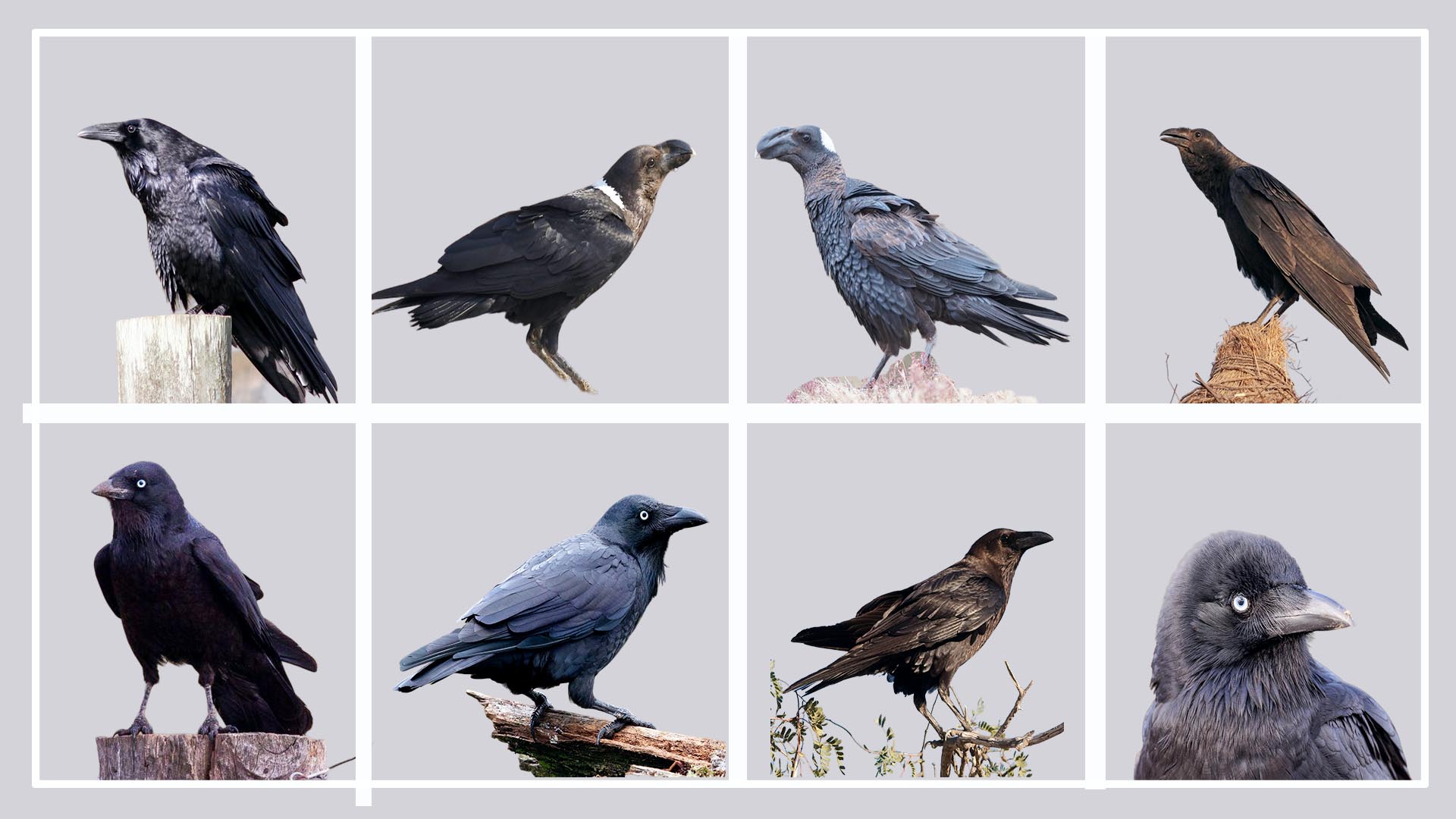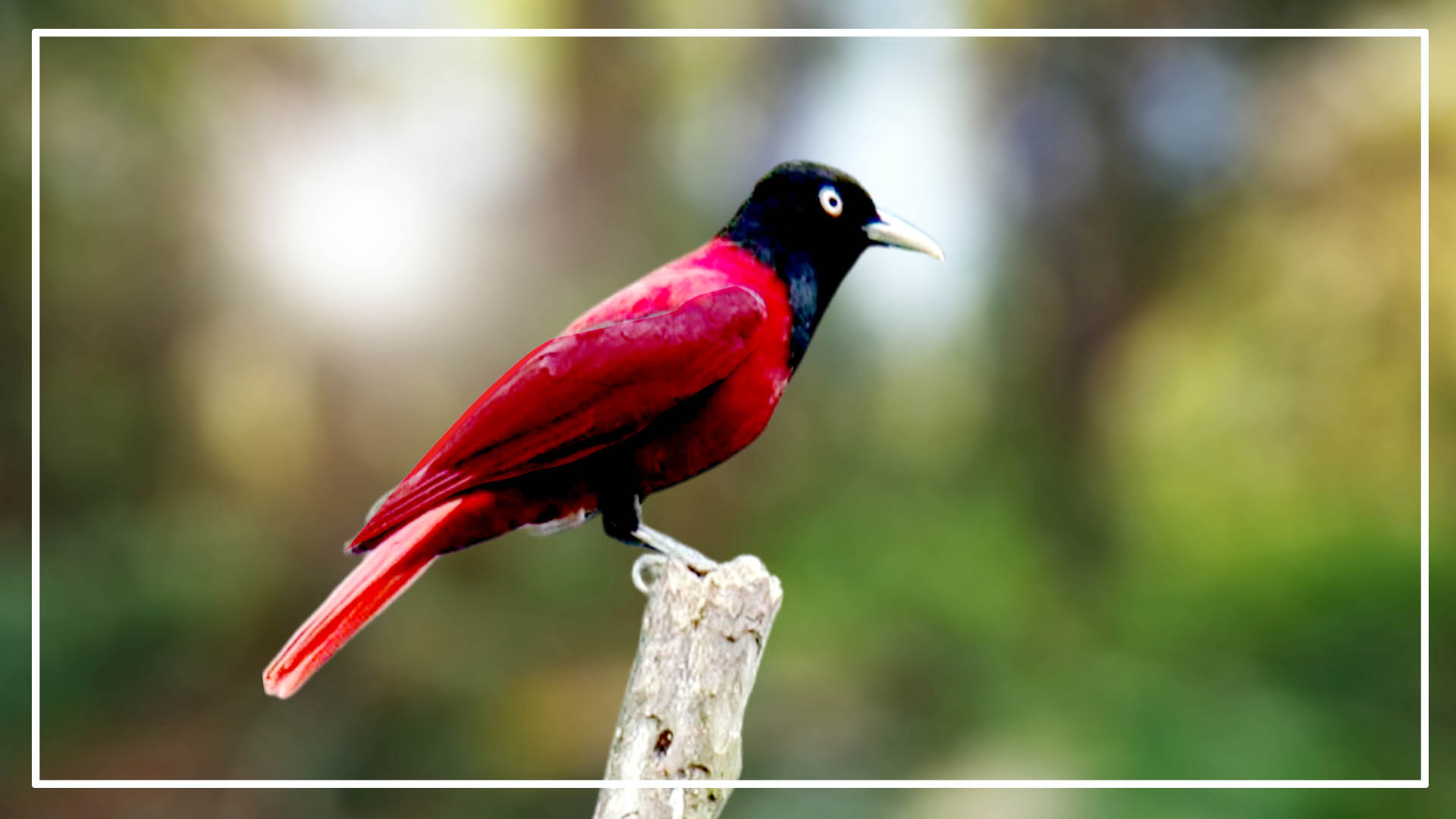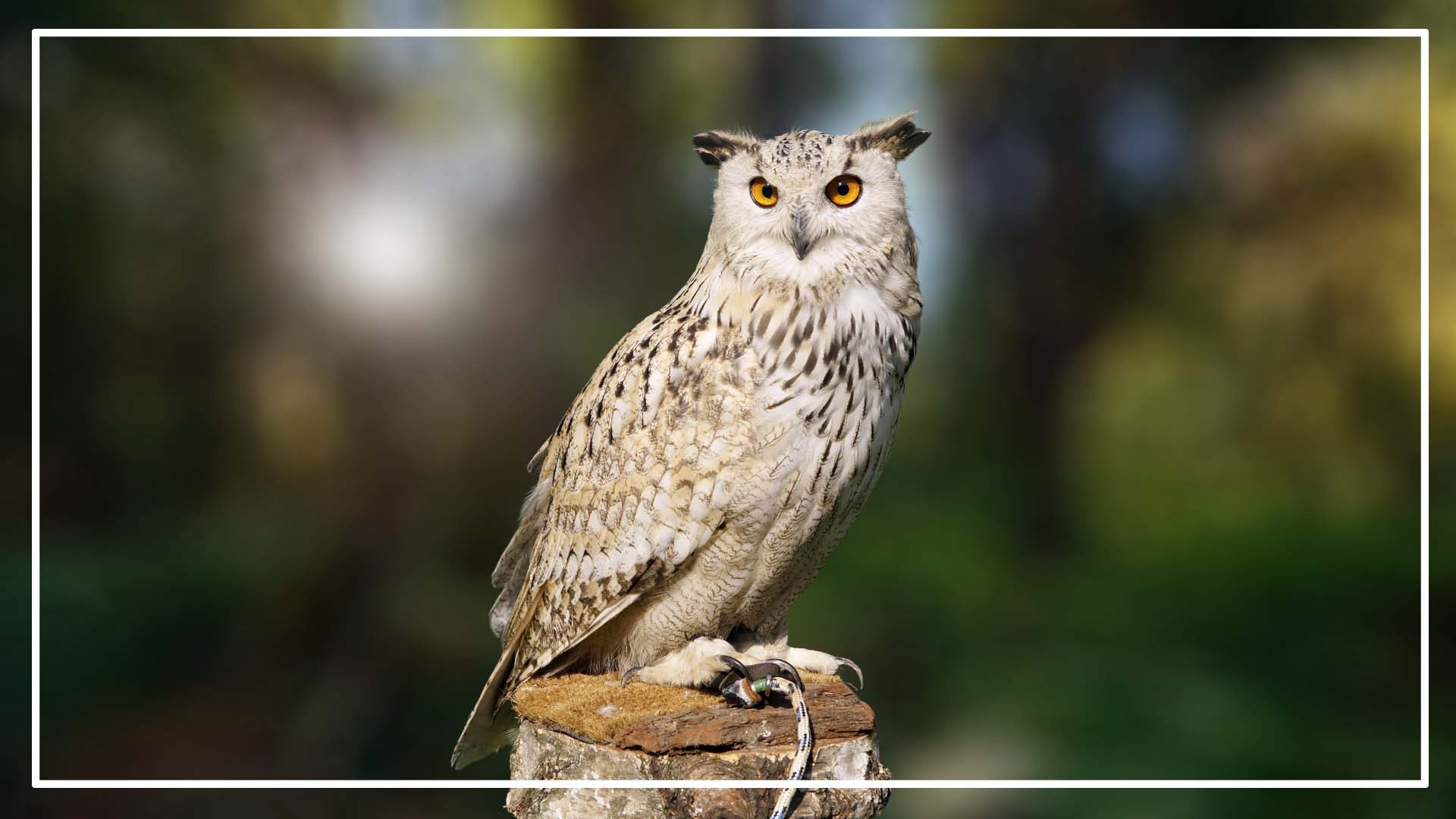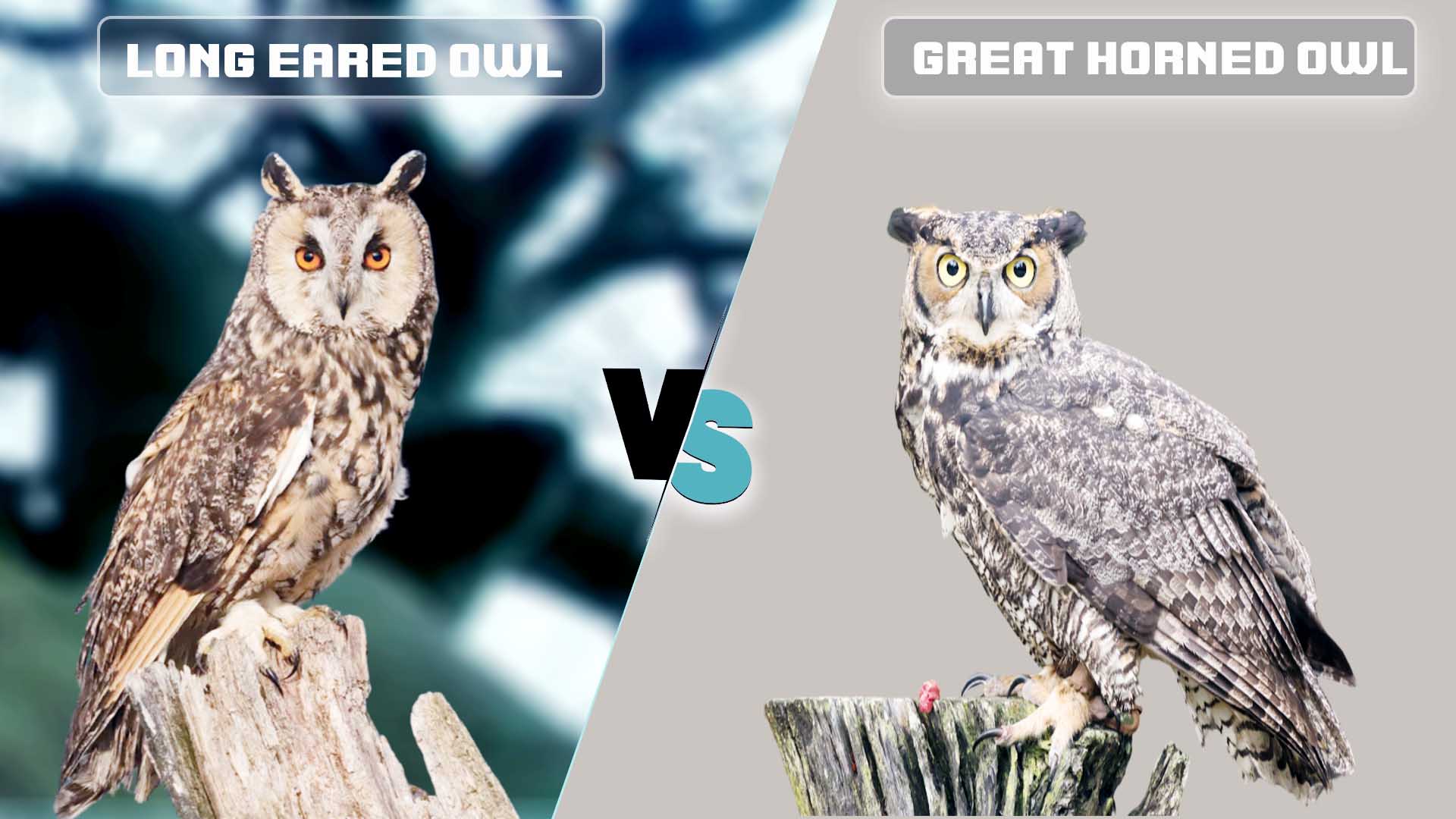Ravens, known for their intelligence, adaptability, and striking appearance, are a group of birds that have captured human fascination for centuries. While the Common Raven is the most well-known species, there exist several other intriguing types of ravens spread across different regions of the world.
In this article, we will delve into the diverse characteristics and distribution of these remarkable birds, shedding light on their unique features and highlighting their ecological significance.
10 Types OF Ravens
There are 10 types of Ravens. These are the currently recognized species of ravens. Please note that taxonomy and classification can change over time as new research and discoveries are made.
- Common Raven
- Chihuahuan Raven
- White-necked Raven
- Thick-billed Raven
- Fan-tailed Raven
- Australian Raven
- Forest Raven
- Brown-necked Raven
- Little Raven
- New Caledonian Crow
Common Raven (Corvus corax)

The Common Raven, the largest species of raven, holds a global presence, inhabiting diverse environments across the Northern Hemisphere. With a distinctive shaggy throat and a large bill, these ravens are known for their remarkable intelligence, complex vocalizations, and adaptability to a wide range of habitats.
Chihuahuan Raven (Corvus cryptoleucus)
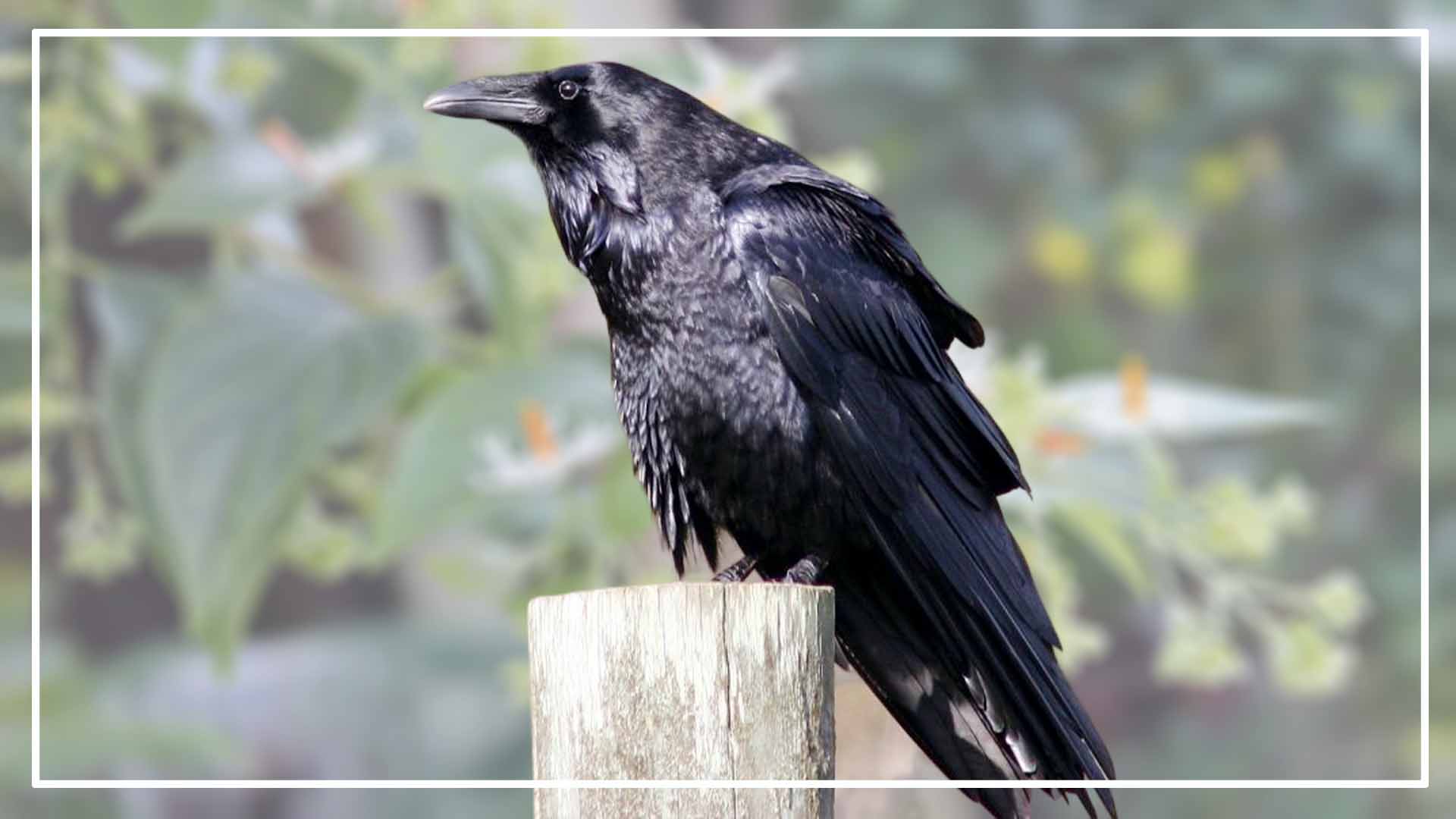
Found primarily in the southwestern United States and northern Mexico, the Chihuahuan Raven is a smaller raven species characterized by its comparatively smaller bill. Its range overlaps with that of the Common Raven, but its unique traits and vocalizations set it apart.
White-necked Raven (Corvus albicollis)
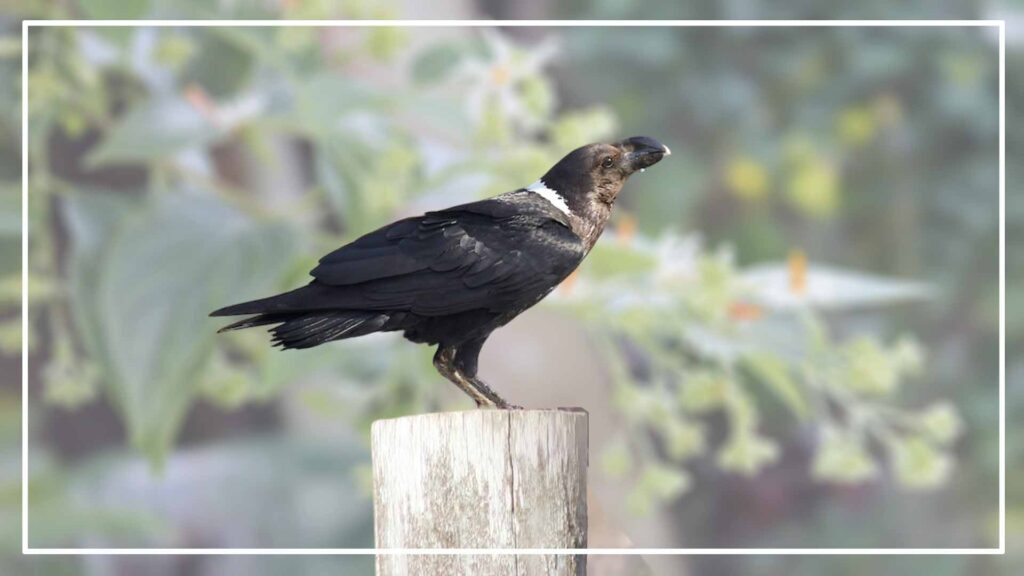
Endemic to eastern and southern Africa, the White-necked Raven showcases a distinguishing white patch of feathers on its neck. These medium-sized ravens display remarkable adaptability to various habitats, including arid regions and urban environments.
Thick-billed Raven (Corvus crassirostris)
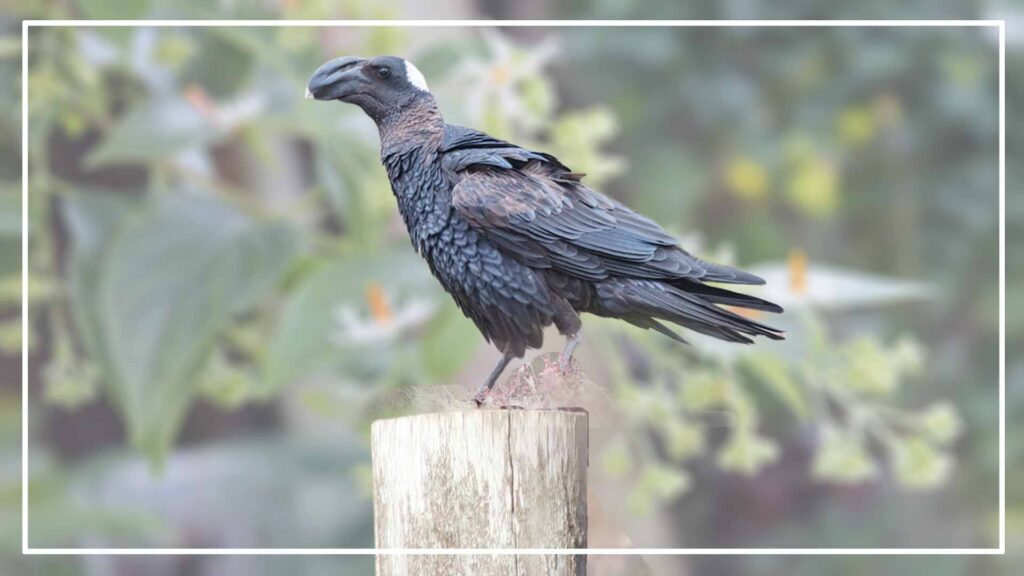
Inhabiting the Horn of Africa, the Thick-billed Raven is the largest raven species found on the continent. Recognized for its thick bill, this raven demonstrates unique adaptations to its arid environment and plays a crucial ecological role in its native range.
Fan-tailed Raven (Corvus rhipidurus)
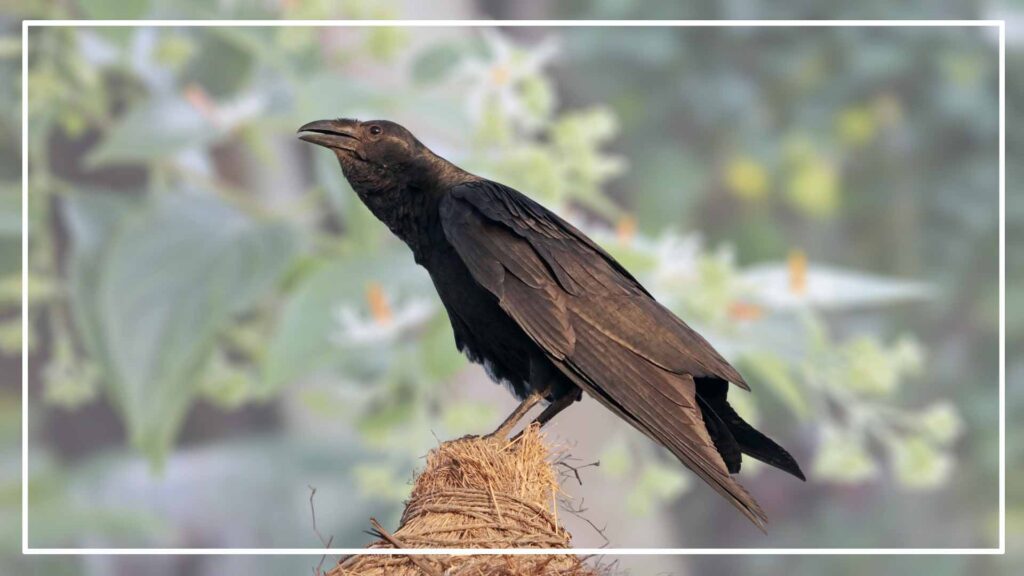
The Fan-tailed Raven is a raven species endemic to the deserts and arid regions of North Africa and the Middle East. Its most striking feature is its long, wedge-shaped tail, which sets it apart from other species. These ravens have evolved specialized adaptations to thrive in their harsh desert habitats.
Australian Raven (Corvus coronoides)
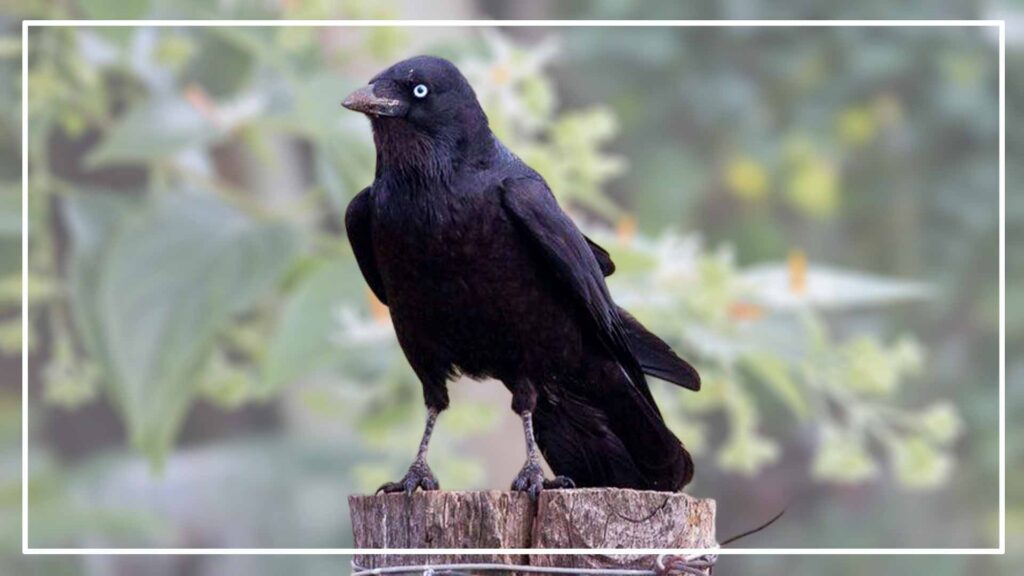
Native to Australia, the Australian Raven is slightly smaller than its Common Raven counterpart. Its distinct white iris contrasts with its dark plumage. These adaptable birds occupy a wide range of habitats across the continent, including forests, grasslands, and urban areas.
Forest Raven (Corvus tasmanicus)
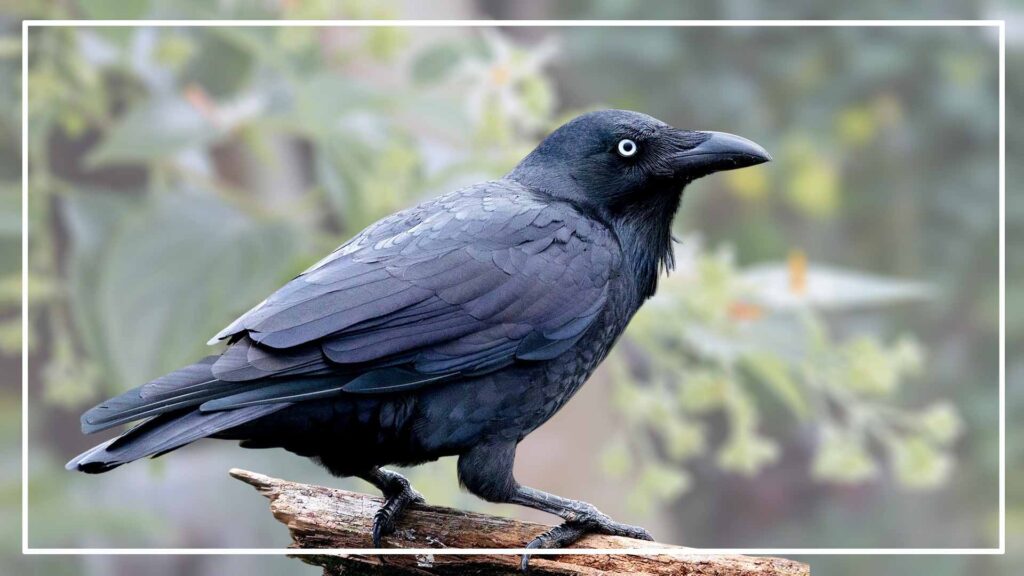
Endemic to Tasmania and other parts of southeastern Australia, the Forest Raven is a medium-sized raven species with brownish plumage. It thrives in forested habitats and contributes to seed dispersal and forest regeneration.
Brown-necked Raven (Corvus ruficollis)

The Brown-necked Raven inhabits the Middle East and North Africa, showcasing a brownish neck that distinguishes it from other species. Its adaptability to arid and semi-arid habitats allows it to survive in harsh conditions.
Little Raven (Corvus mellori)
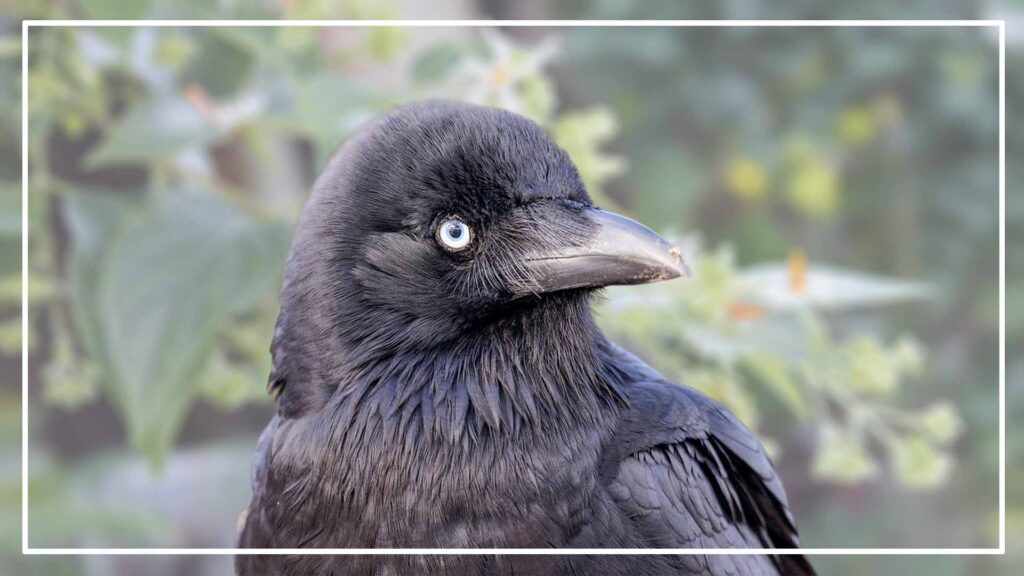
As the smallest raven species, the Little Raven calls Australia home. Despite its size, it displays similar intelligence and social behavior as its larger relatives. Little Ravens are known for their resourcefulness and foraging abilities.
New Caledonian Crow (Corvus moneduloides):
Though not a true raven species, the New Caledonian Crow shares similarities with ravens in terms of its intelligence and problem-solving abilities. Native to New Caledonia, this remarkable bird employs tools to extract food, showcasing its cognitive prowess. You may also be interested to know about the Types of Tit Birds.
Differences Between The Different Species of Ravens:
| Raven Species | Size | Geographic Range | Notable Features |
| Common Raven | Largest raven species | Worldwide | Shaggy throat feathers, large bill |
| Chihuahuan Raven | Smaller than Common | Southwestern US, Mexico | Smaller bill |
| White-necked Raven | Medium-sized | Eastern and Southern Africa | White patch on neck |
| Thick-billed Raven | Largest African raven | Horn of Africa | Thick bill, largest raven in Africa |
| Fan-tailed Raven | Medium-sized | North Africa, Middle East | Long, wedge-shaped tail |
| Australian Raven | Medium-sized | Australia | White iris |
| Forest Raven | Medium-sized | Tasmania, Australia | Brownish plumage |
| Brown-necked Raven | Medium-sized | Middle East, North Africa | Brownish neck |
| Little Raven | Smallest raven species | Australia | Smallest size |
| New Caledonian Crow | Similar to ravens | New Caledonia | Dark plumage, remarkable tool usage |
Please note that this table provides a brief overview and there may be additional distinguishing characteristics and variations within each species.
FAQ
Are Ravens Crows?
No, ravens are not crows, but they belong to the same family of birds called Corvidae. While they share similarities in appearance, ravens are larger and have distinct differences in their physical features, vocalizations, and behaviors compared to crows.
Are Raven And Crow The Same?
No, ravens and crows are not the same. They are both members of the Corvidae family and share some similarities in appearance and behavior. However, ravens are larger than crows, have different vocalizations, and exhibit distinct behaviors that set them apart as separate species.
Is A raven a rare bird?
No, ravens are not generally considered rare birds. They are widespread and abundant in many parts of the world, such as the Common Raven (Corvus corax). However, the rarity of specific raven species can vary depending on their geographic range and conservation status.
Conclusion:
The world of ravens is not limited to the Common Raven alone. Exploring the range of types of ravens reveals a diverse array of species with unique characteristics and adaptations. From the intelligence and adaptability of the Common Raven to the specialized features of ravens like the Chihuahuan Raven, White-necked Raven, Thick-billed Raven, Fan-tailed Raven, Australian Raven, Forest Raven, Brown-necked Raven, Little Raven, and even the New Caledonian Crow, each species offers a captivating glimpse into the world of these remarkable birds.







